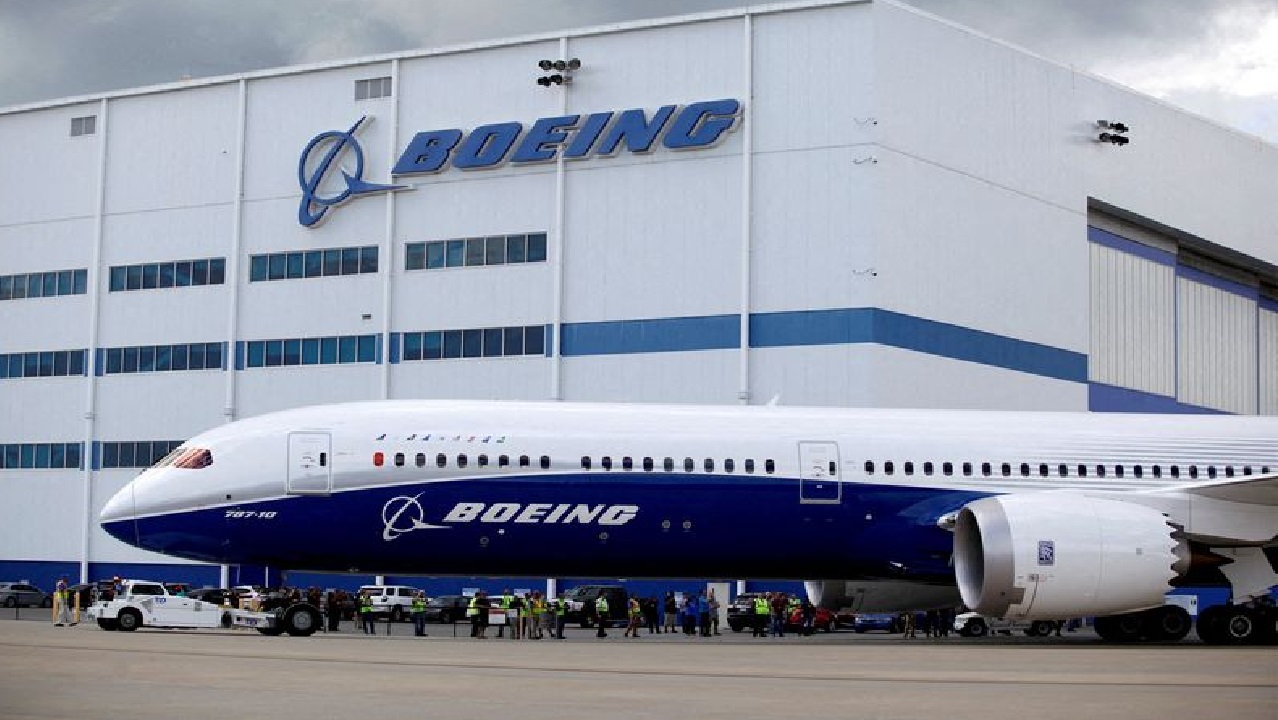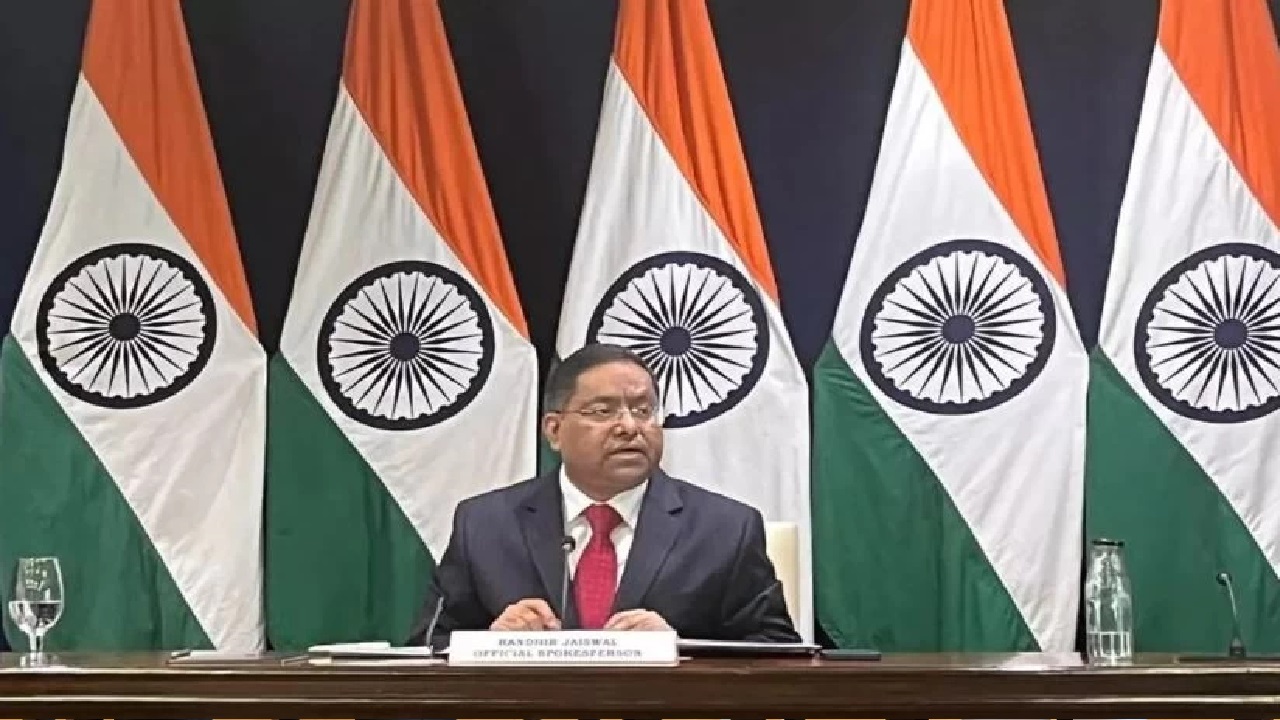A Trade War Takes Flight—And Hits Aviation Hard
The US-China trade war, which has been simmering under the surface since early 2025, has taken a dramatic new turn. In a move that could ripple across global markets and disrupt key supply chains, China has ordered its airlines to halt all new deliveries of Boeing jets, further intensifying tensions with Washington.
This latest salvo follows the United States’ decision to impose steep tariffs—up to 145%—on Chinese imports, prompting Beijing to respond with retaliatory duties of 125%. While these tit-for-tat tactics are not new, the targeting of the aviation sector, especially a key American manufacturer like Boeing, marks a dangerous escalation with wide-reaching implications for both the industry and the world economy.
Boeing in Beijing’s Crosshairs: What’s Been Ordered
According to a Bloomberg report, Chinese authorities have issued directives to:
· Suspend all new Boeing aircraft deliveries
· Cease purchases of US aircraft parts and related equipment
· Explore support mechanisms for airlines leasing Boeing aircraft to offset rising costs
These directives apply to China’s big three carriers—Air China, China Eastern Airlines, and China Southern Airlines—which were scheduled to take delivery of 179 Boeing jets between 2025 and 2027. The move threatens Boeing’s footprint in one of its most critical growth markets, where rival Airbus already commands a dominant share.
As a result, Boeing shares dropped by 3% in premarket trading on Tuesday, underscoring investor unease about the financial fallout and long-term strategic challenges.
Global Economic Shockwaves: Why This Matters Beyond Aviation
The implications of this escalation stretch far beyond aircraft tarmacs. Analysts warn that if left unchecked, the growing trade rift could:
· Freeze over $650 billion in annual bilateral trade
· Disrupt global supply chains spanning aviation, tech, and pharmaceuticals
· Trigger inflationary pressure due to costlier imports and increased tariffs
· Create uncertainty in investment flows, especially in emerging markets tied to US or Chinese growth
Moreover, China’s retaliation in the aviation sector coincides with broader US investigations into other strategic imports, including semiconductors and pharmaceuticals. The administration has invoked Section 232 of the Trade Expansion Act, framing these industries as vital to national security. Should tariffs extend to chips and medicines, the domino effect could disrupt technology, healthcare, and manufacturing sectors worldwide.
Who’s to Blame? Trade Instability Rooted in Policy Gambits
Much of the current instability stems from President Donald Trump’s aggressive tariff strategy, which he has framed as a corrective measure to “restore American competitiveness.” Critics argue it is a short-term nationalist gambit that undermines long-standing trade partnerships and global norms.
Beijing, on the other hand, views Washington’s stance as economic coercion, labelling it “unlawful bullying.” While China has retaliated with proportional measures, it has also attempted to shield domestic industries, including by floating support packages for airlines affected by the Boeing freeze.
Both nations appear entrenched in zero-sum thinking, leaving global stakeholders—investors, businesses, and consumers—caught in the middle.
A Dangerous Flight Path, and What Comes Next
The suspension of Boeing jet deliveries represents more than a commercial dispute—it signals a breakdown in economic diplomacy between two of the world’s most interdependent superpowers.
Looking forward, the immediate concern is whether this stand-off triggers similar retaliations in other high-tech sectors. With Washington preparing fresh levies on semiconductors, and Beijing showing signs of diversifying away from US suppliers, the trade war may morph into a technology cold war—with global repercussions.
To avoid deeper fragmentation, multilateral platforms like the WTO or G20 may need to step in as mediators, urging both nations to return to dialogue over disruption. Meanwhile, businesses in affected sectors must prepare for supply chain diversification, cost recalibration, and geopolitical risk mitigation.
Unless cooler heads prevail soon, this trade war may not just ground airplanes—it could ground economic stability for years to come.
(With agency inputs)








